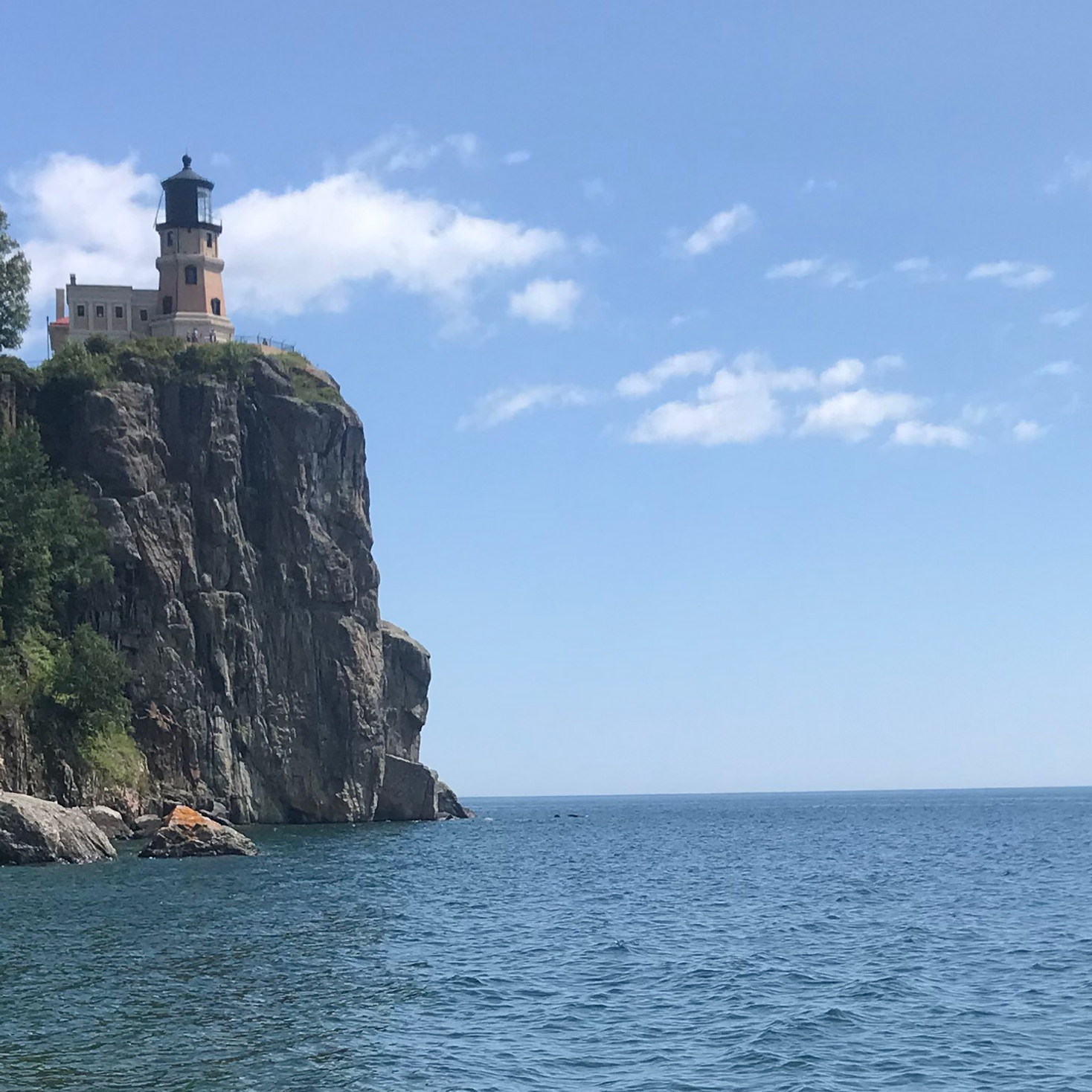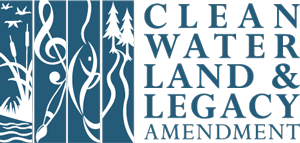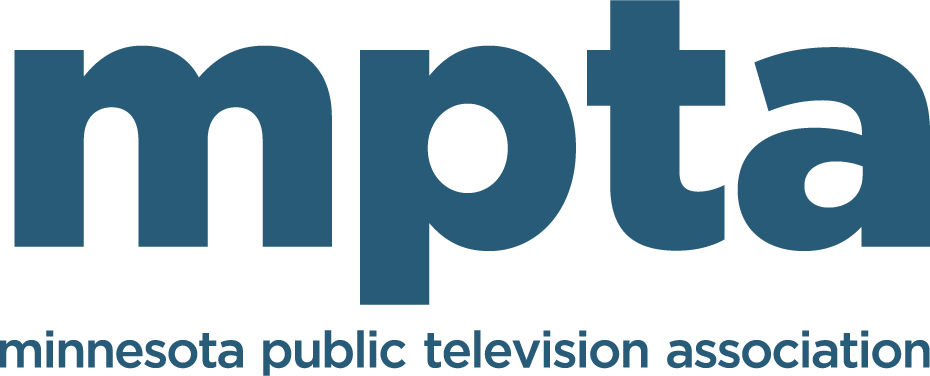Small Communities, Big Stories
How history museums connect Minnesotans to their past

Over the past 400 years, the land we now call Minnesota has seen many changes. Native peoples, and the many immigrants that followed, each had their own sets of traditions, buildings, artifacts, and ideas. All of these groups lent their own voices to the collective story of Minnesota.
Who documents these stories? And how can this documentation help us learn about ourselves, our cultures, and our state?
By collecting their slice of history, local history museums connect Minnesotans to our past, and to each other.
The Minnesota Alliance of Local History Museums is a group that brings organizations together from all over the state with one common mission: "…to support each other in our mission of connecting people to nearby history." Their website boasts over 150 member organizations. These organizations range in size from small, volunteer-run historical societies to multi-site museums whose aim is to preserve the history of the entire state. Museums may specialize in a geographic area, an ethnic or cultural group, or an interest. Taken together, these institutions tell the story of a diverse and ever-changing state.
Local history museums connect their communities to history through artifacts, events, classes, physical spaces, and online exhibits. What you can learn at these museums goes far beyond the history of a town or geographic area. Here are a few ideas to start your search:
Family and State History
The staff and volunteers at local history museums are ready to help you unlock your family or community history. The Minnesota Historical Society has been collecting stories since 1849. It has multiple tools to start your searches, including the Minnesota People Records Search, and collections exploring historical themes. Then, look through the archives of your local center to dig even deeper. If you become stuck, contact the museum directly. Their staff and volunteers are experts in tracking down information, and they are ready to help you find what you need.
Nature
Minnesota is the land of 10,000 lakes (more accurately, 11,842). These bodies of water have played an integral part in shaping the lives of past and present Minnesotans. Explore how lakes, and other natural phenomena, shaped who we are through initiatives like the Hmong Museum's We Are Water Minnesota, the Water, Sky, and Me family exhibit at the American Swedish Institute, the Legacy of the Lakes Museum, and the Split Rock Lighthouse.
Hobbies and Interests
Learn about the history of pottery or take a class at The Pottery Museum of Red Wing. Or celebrate the history of rail travel at the End-o-Line Railroad Park and Museum and the Lake Superior Railroad Museum. Or immerse yourself in old Hollywood at the Judy Garland Museum.
By collecting their slice of history, local history museums connect Minnesotans to our pasts, and to each other.
Every day, these museums help us learn about ourselves and each other. Did you learn something new? Share your story with us through a Dear Minnesota letter. Happy exploring!


